SOURCE: RAUNAK KUNDE / NEWS BEAT / IDRW.ORG
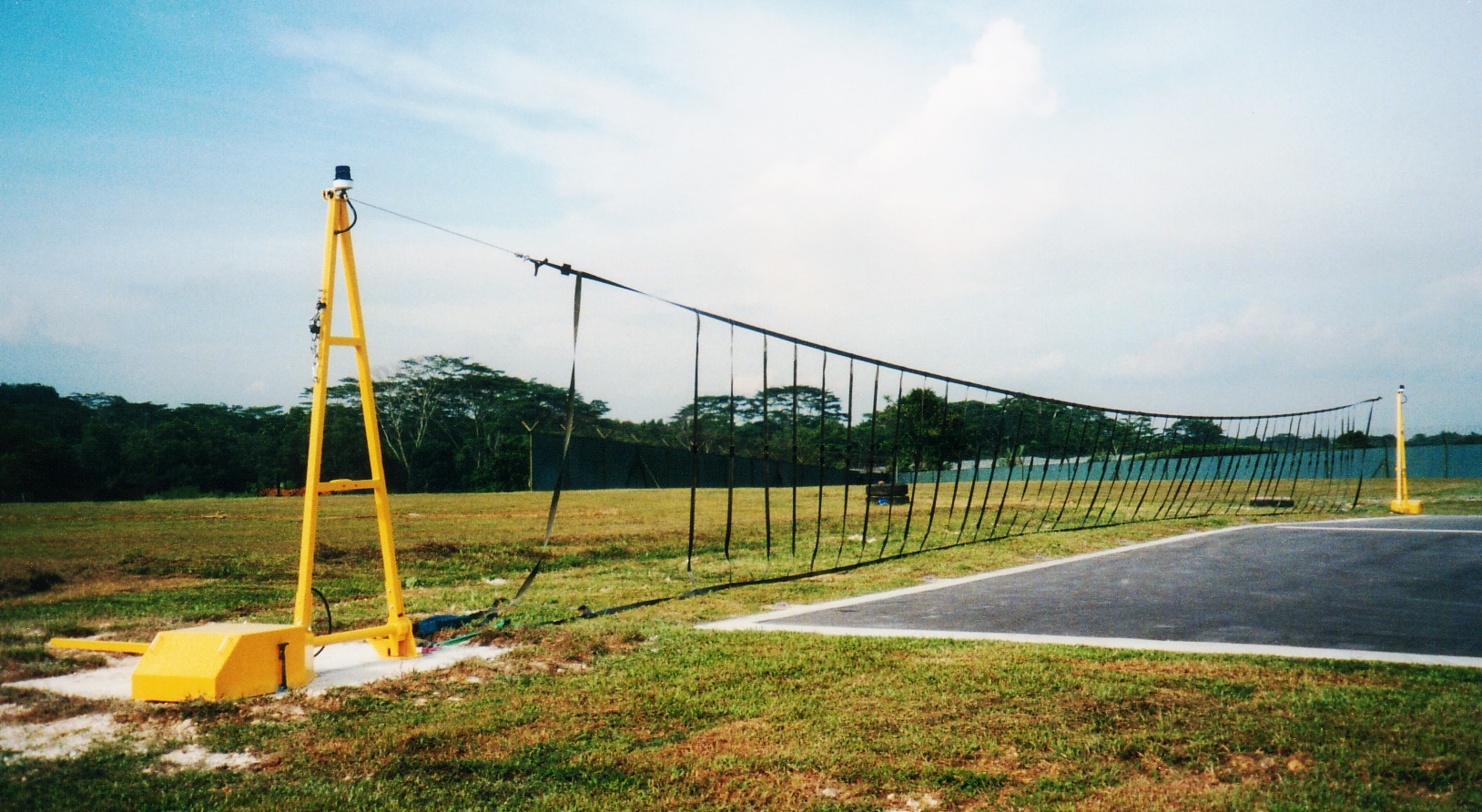

The Aeronautical Development Establishment (ADE), a premier laboratory under India’s Defence Research and Development Organisation (DRDO), is advancing efforts to refine the design of experimental Unmanned Aerial Vehicles (UAVs) through a comprehensive arrester barrier landing analysis.
This analysis will focus on ensuring the safe recovery of UAVs during operations, particularly in constrained environments such as short runways or emergency landings. The study will involve the use of advanced Finite Element (FE) modeling techniques and material characterization to simulate the forces exerted on the UAV during an arrester barrier landing.
Continue readingSOURCE: IDRW.ORG TEAM


Indian defense experts are urging the government to prioritize developing its own fighter jets instead of locally manufacturing foreign aircraft under the Multi-Role Fighter Aircraft (MRFA) tender. Ranesh Rajan, a prominent analyst, spoke to idrw.org, highlighting the critical need for an Indian alternative to the French Rafale fighter jet, which the Indian Air Force (IAF) desires.
Rajan argues that simply manufacturing foreign jets under license, like the Rafale, offers minimal benefits to the Indian aerospace industry. “Local manufacturing of any foreign fighter jets under the MRFA tender will not teach Indian Industry anything,” he asserts.
Continue readingSOURCE: IDRW.ORG
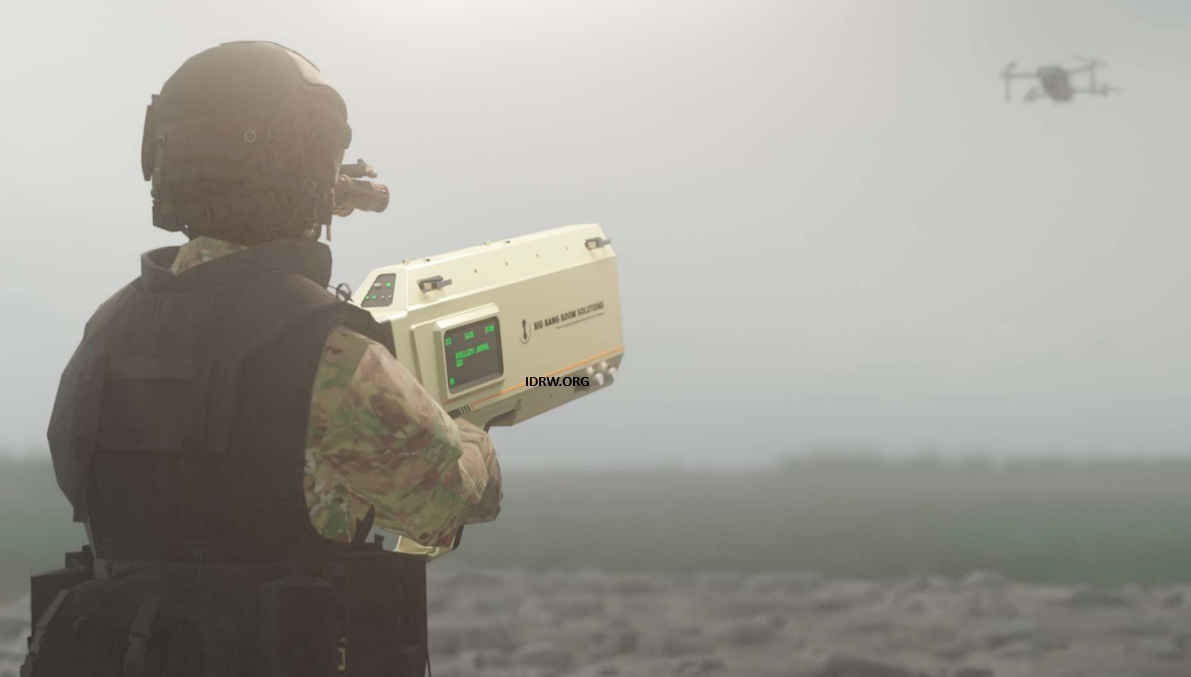

Big Bang Boom Solutions Private Limited, a leading technology company based in Chennai, has unveiled the Vajra Shot, a groundbreaking handheld anti-drone jammer. This innovative device is poised to redefine the landscape of drone defense with its unique software-defined functionality.
Unlike traditional jammers that operate on fixed frequencies, the Vajra Shot boasts the ability to adapt its interference output frequency through software. This adaptive capability allows it to effectively neutralize a wide range of standard and non-standard unauthorized drones, making it a versatile tool for countering evolving drone threats.
Continue readingSOURCE: RAUNAK KUNDE / NEWS BEAT / IDRW.ORG
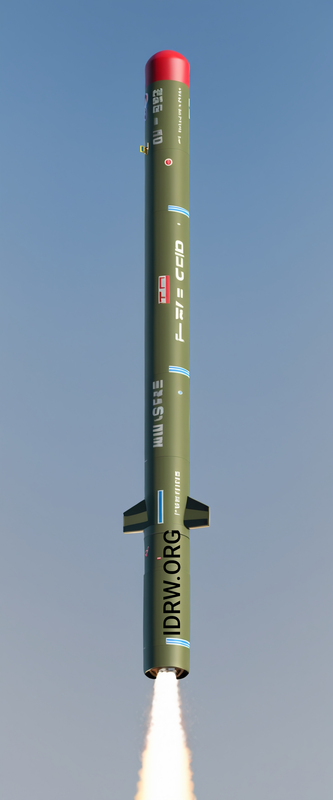

The Defence Research and Development Organisation (DRDO) is set to commence developmental trials of the ship-launched anti-ship sub-sonic cruise missile version of Nirbhay within the next 12-18 months. The research and development for this missile have been completed, and the fabrication process is currently underway.
The ship-based sub-sonic cruise missile will be available in two variants: Land Attack Cruise Missile (LACM) and Anti-Ship Cruise Missile (ASCM). DRDO has already developed a Universal Vertical Launch Module (UVLM) that can accommodate both ship-based sub-sonic and supersonic cruise missiles like BrahMos.
Continue readingSOURCE: RAUNAK KUNDE / NEWS BEAT / IDRW.ORG
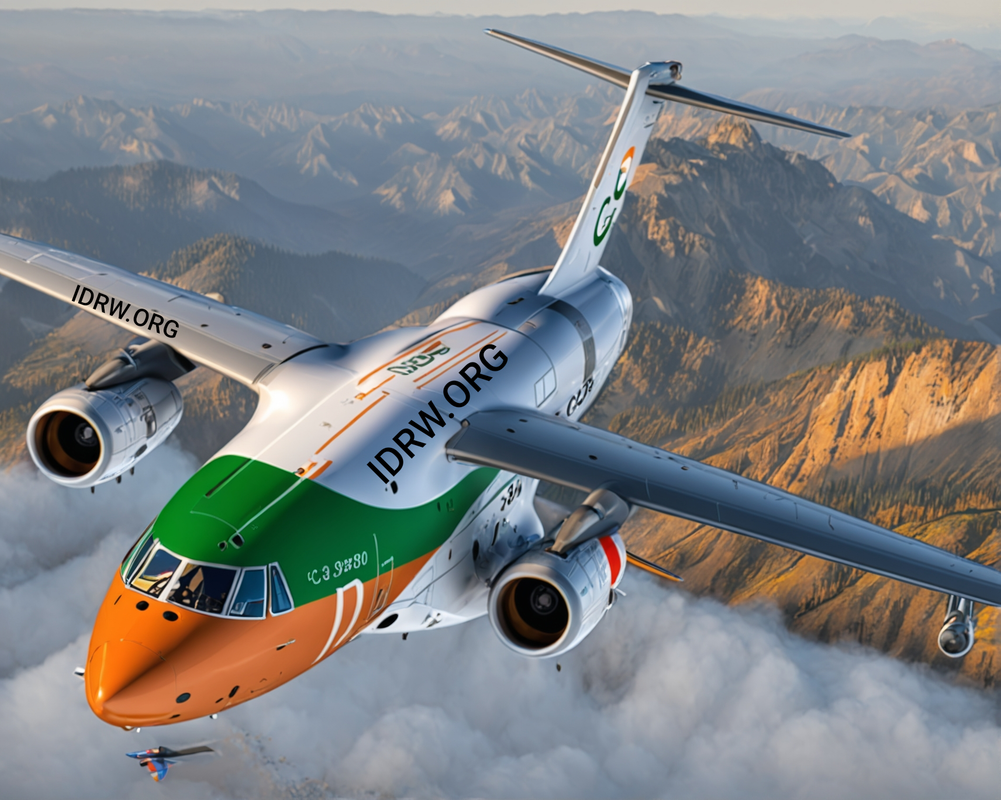

Initial assessments by Indian Air Force (IAF) officials suggest that the Embraer C-390 Millennium transport aircraft might be the most feasible option for its Multi-Role Transport Aircraft (MTA) program, according to IAF sources speaking to idrw.org.
Speaking on condition of anonymity to idrw.org, IAF officials highlighted the C-390M’s design as a key factor in its favour. These officials believe the C-390M’s design offers greater potential for multi-role development compared to that can be used to develop Airborne Warning and Control Systems (AWACS) or Maritime Patrol Aircraft (MPA) platforms.
Continue readingSOURCE: RAUNAK KUNDE / NEWS BEAT / IDRW.ORG
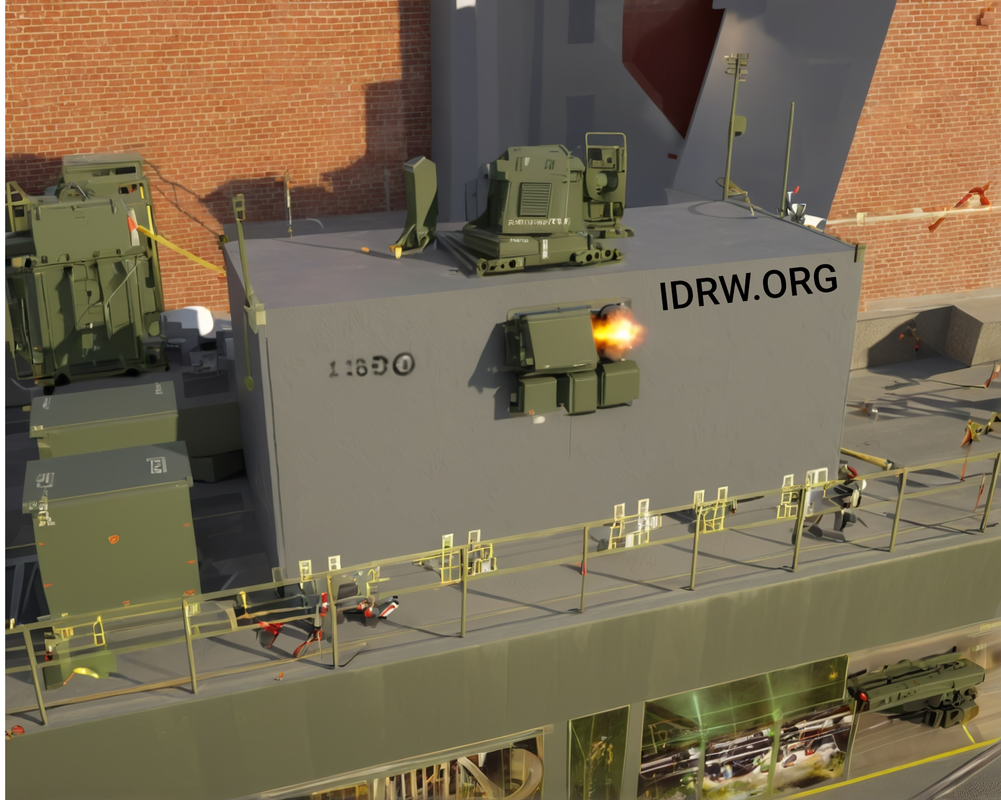

A significant breakthrough in defence technology has been achieved by the Defence Research and Development Organisation (DRDO) as its 2KW Directed Energy Weapon (DEW) system has completed trials onboard Indian Naval warships. This development paves the way for the integration of even more powerful DEW systems into the Navy’s frontline warships.
The DRDO’s ultimate goal is to develop a 100KW DEW system capable of engaging and neutralizing a wide range of threats, from small-calibre mortars and rockets to unmanned aerial vehicles (UAVs) of various sizes. This system will be equipped with pinpoint accuracy and can operate at ranges of hundreds of meters to several kilometers.
Continue readingSOURCE: IDRW.ORG
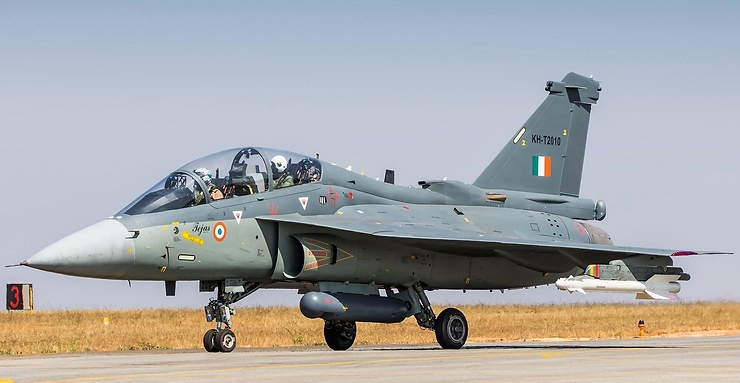

Hindustan Aeronautics Limited (HAL), India’s state-owned aircraft manufacturer, is set to complete the delivery of the last four light combat aircraft (LCA Mk-1) trainers to the Indian Air Force (IAF) by March 31, 2025. These twin-seater jets will play a crucial role in training IAF pilots and can also be used as fighters if needed.
HAL has already delivered four LCA Mk-1 trainers to the IAF, utilizing stock engines from the Air Force. However, the delivery of the remaining four trainers will be done by March 31, 2025. but the delivery of 10 more from the second batch of Tejas Trainer might face some delays due to issues with the supply of F-404 engines from GE Aerospace. Due to delays, deliveries are expected to occur in the first and second quarters of 2025.
Continue readingSOURCE: IDRW.ORG

The Indian Army is set to modernize and export its older T-72 tanks, which have served as its main battle tank for decades. A senior defense official revealed to Sputnik India that these tanks will be upgraded domestically and then offered to foreign buyers.
India currently possesses around 2,500 T-72 tanks, which were first introduced into its army in the 1970s. Despite their age, these tanks are still considered highly reliable and continue to be in demand globally. Countries in Africa, the Middle East, and Far East Asia have expressed interest in acquiring the T-72, even as India prepares to phase them out of its forces.
Continue readingSOURCE: RAUNAK KUNDE / NEWS BEAT / IDRW.ORG


The Egyptian Air Force recently explored options for modernizing its fleet of light fighter jets, which could include a visit to India’s Hindustan Aeronautics Limited (HAL) to assess the LCA Tejas Mk1A. However, Egypt’s decision is complicated by stiff competition from Turkey’s Turkish Aerospace Industries (TAI), which is offering its newly developed Hürjet jet trainer and light attack aircraft as a strong contender.
The LCA Tejas Mk1A is India’s domestically designed, single-engine, multirole light fighter aircraft. Known for its agility, advanced avionics, and operational versatility, the Tejas Mk1A has been a flagship program for HAL and a symbol of India’s growing defense manufacturing capabilities. Recently, HAL has made efforts to position the Tejas Mk1A in the international market, targeting countries looking to modernize their aging fleets with a cost-effective, yet capable platform.
Continue readingSOURCE: RAUNAK KUNDE / NEWS BEAT / IDRW.ORG


The Defence Electronics Application Laboratory (DEAL) has embarked on a significant project titled “SDR for LCA Mk-II Aircraft”, aiming to develop Software Defined Radio (SDR) and Mobile Ad-Hoc Networking (MANET) waveforms for advanced communication in India’s Light Combat Aircraft (LCA) Mk-II program. This initiative addresses the growing demand for more robust, secure, and adaptive communication systems, capable of seamless operations in various mission-critical environments, from air-to-air and air-to-ground to direct ground communications.
As modern warfare becomes increasingly dependent on real-time data and communications, traditional communication systems struggle to meet the evolving requirements. The Indian Air Force (IAF), through the Aeronautical Development Agency (ADA), has outlined the need for a versatile communication system that integrates multiple platforms, operates across different frequency bands, and ensures secure, real-time information sharing during missions.
Continue readingSOURCE: RAUNAK KUNDE / NEWS BEAT / IDRW.ORG


India’s Kalyani Group is actively exploring ways to expand its armoured vehicle business in India, following the successful introduction of its India-specific modified M4 armoured vehicles. The M4, based on the Mbombe 4 built by South Africa’s Paramount Group, has garnered significant purchases by the Indian Army.
Both companies are now considering possibly manufacturing the enhanced variant of the Mbombe 6 Mark 3, in India. The Mbombe 6 is a highly agile 6×6 infantry fighting vehicle that offers exceptional performance and protection.
Continue readingSOURCE: IDRW.ORG
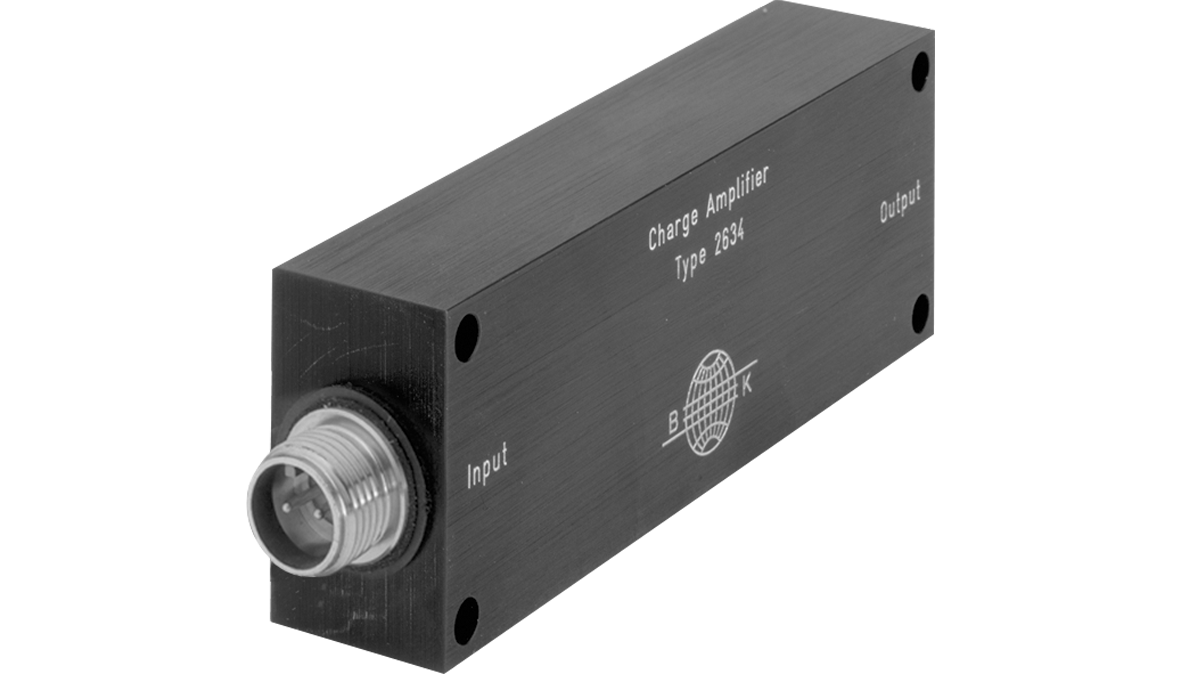

The delivery of Tejas Mk-1A fighter jets to the Indian Air Force (IAF) faces further delays due to a recent development involving a key component. According to a report by The Print, Denmark has placed an export ban on the engine charge amplifier, a crucial component of the Tejas Mk-1A aircraft.
The Ministry of Defense has taken up this issue with the Danish government through the Indian embassy, seeking a resolution to the export ban. In response to the embargo, state-run Hindustan Aeronautics Limited (HAL), the manufacturer of the Tejas fighter jets, has contracted a local firm to indigenize the production of the engine charge amplifier.
Continue readingSOURCE: IDRW.ORG TEAM


The Defence Research and Development Organisation (DRDO) has confirmed that fresh trials for the Quick Reaction Surface-to-Air Missile (QRSAM) system will be completed by the end of 2026. Following the successful completion of these trials, the Indian Army is expected to place orders for five QRSAM weapon systems, with Bharat Electronics Limited (BEL) as the manufacturer.
The QRSAM system, developed by DRDO, is a cutting-edge air defence missile designed to protect mobile formations and high-value assets against aerial threats. The system is particularly crucial for the Indian Army, offering quick reaction capabilities with its ability to “Search on Move,” “Track on Move,” and “Fire on Short Halts.” This allows the system to be deployed rapidly and respond to emerging threats without the need for a fixed position, making it ideal for dynamic battlefield environments.
Continue readingSOURCE: RAUNAK KUNDE / NEWS BEAT / IDRW.ORG
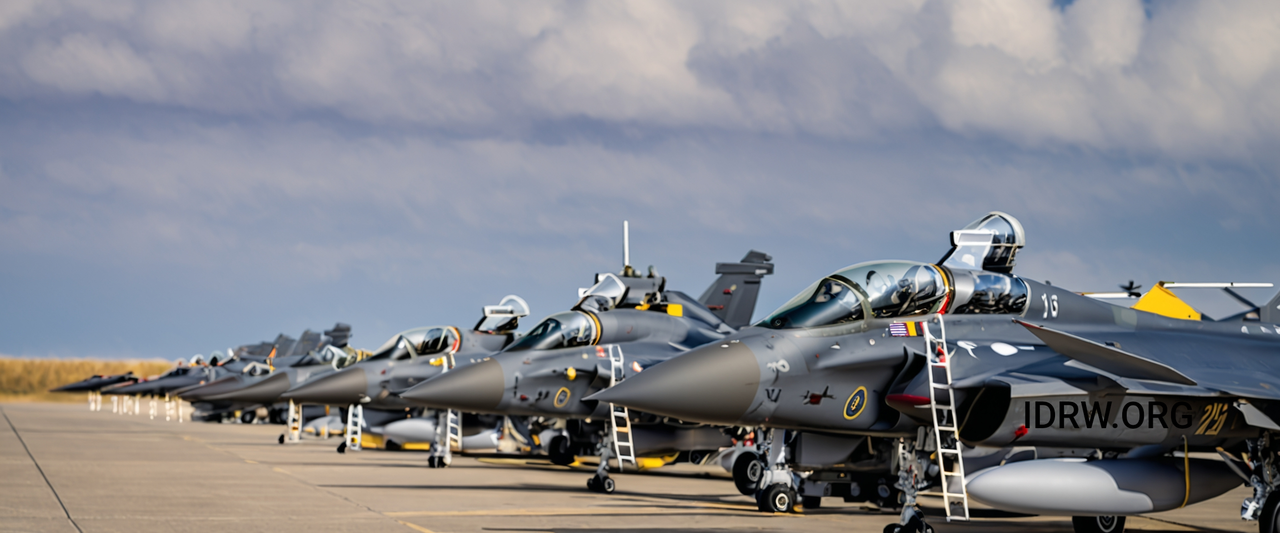

Dassault Aviation has projected India to become one of the largest operators of the Rafale fighter jet globally, following the French Air Force and Navy. With the Indian Air Force (IAF) already possessing 36 Rafales and the recent approval for 26 Rafale Marine fighters for the Indian Navy, India’s Rafale fleet is set to expand significantly.
Dassault’s optimism stems from the potential for further Rafale exports to India. The company has offered to manufacture Rafale jets in India to meet the IAF’s Multi-Role Fighter Aircraft (MRFA) for 114 jets. This proposal positions India as a key market for the Rafale, solidifying Dassault’s lead in the export of this advanced fighter aircraft.
Continue readingSOURCE: RAUNAK KUNDE / NEWS BEAT / IDRW.ORG


The Nigerian Army has announced its plans to acquire four Light Combat Helicopters (LCH) from Hindustan Aeronautics Limited (HAL) through a soft credit arrangement as reported by ” Financial Express Online “. This decision comes amidst escalating violence in the region, fueled by the resurgence of Boko Haram and Islamic State West Africa (ISWAP) following the recent withdrawal of French forces from the Sahel.
The Nigerian Army’s choice of the LCH over other contenders, such as TAI’s T-129 ATAK helicopter, was reportedly influenced by cost considerations. The LCH, a domestically developed Indian helicopter, is believed to offer a more cost-effective solution for the Nigerian Army’s requirements.
Continue reading